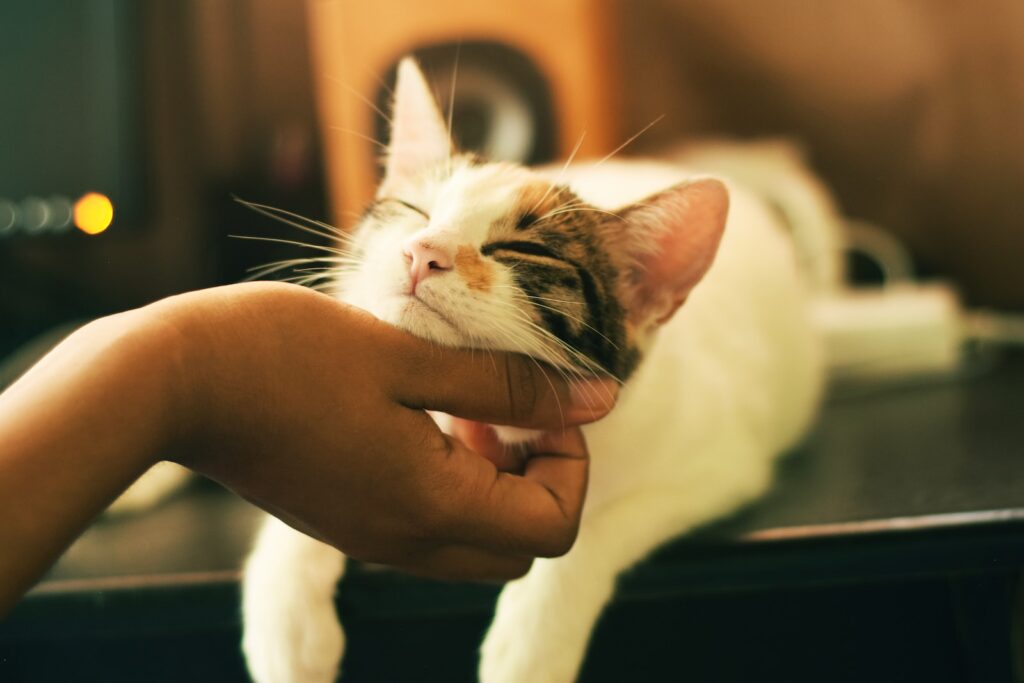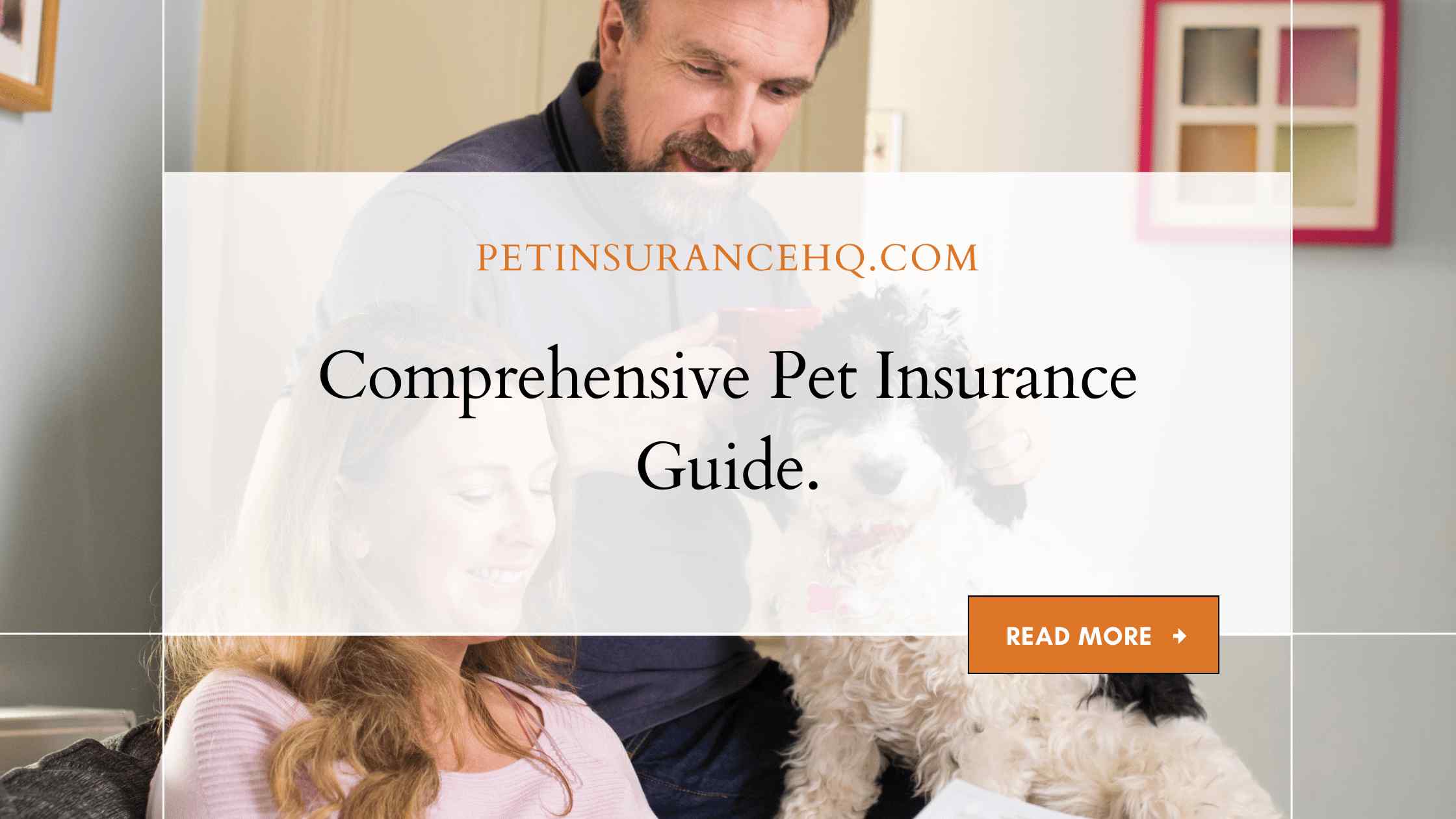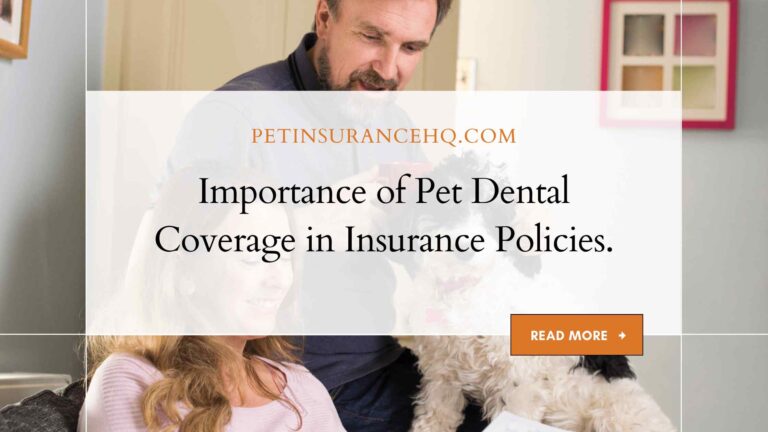A Guide to Comprehensive Pet Insurance Coverage
Pets are more than just animals; they’re members of the family. They bring joy, companionship and unconditional love into our lives every day. But when it comes to their health, it’s important to be prepared for the unexpected. That’s where pet insurance comes in – it protects your furry friend from accidents and illnesses while giving you peace of mind knowing that they’ll receive the best possible care without breaking the bank.
In this guide, we’ll walk you through everything you need to know about comprehensive pet insurance coverage so you can make an informed decision on which policy is right for your beloved pet. So buckle up and get ready to learn all about how to protect your furry BFF!
What is Pet Insurance?
When it comes to your furry friends, you want to make sure they’re always well taken care of – and that includes having insurance in case of an emergency. Pet insurance can help reimburse you for veterinary bills if your pet becomes ill or is injured in an accident.
Most pet insurance policies will cover dogs, cats, and other common household pets, but it’s always best to check with your insurer to be sure. Some policies will also cover exotic animals like reptiles or birds.
There are a few things to keep in mind when shopping for pet insurance:
- Make sure you understand what’s covered and what’s not. Some policies only cover certain types of medical procedures or illnesses, while others may exclude pre-existing conditions.
- Consider how much coverage you need. You may want to choose a policy with a higher deductible if your pet is healthy, or one with lower deductibles and co-pays if your pet has health issues.
- Compare prices and read reviews before buying a policy. There are a lot of different pet insurance companies out there, so it’s important to do your research to find the right one for you and your pet.
Types of Pet Insurance Coverage
Pet insurance comes in all shapes and sizes. Some plans are more comprehensive than others. To get the most out of your pet insurance, it’s important to understand the different types of coverage available.
The three main types of pet insurance are accident only, comprehensive, and major medical. Accident only plans, as the name implies, cover only accidents. This type of plan is the most basic and cheapest option available. Comprehensive plans cover both accidents and illnesses. These plans are more expensive but offer more peace of mind. Major medical plans are similar to comprehensive plans but have higher limits on covered expenses.
No matter what type of pet insurance you choose, be sure to read the fine print and understand exactly what is and is not covered. That way, you’ll be prepared for anything that comes your way.
Pros and Cons of Different Policy Options

There are many different policy options available when it comes to pet insurance. Some plans cover more than others, and some have different features that may appeal to pet owners. It’s important to understand the pros and cons of each type of policy before deciding which one is right for you and your pet.
One type of pet insurance is comprehensive coverage. This type of policy covers most medical expenses related to your pet, including preventive care, routine care, surgery, hospitalization, and more. Most comprehensive policies also include some coverage for things like boarding or grooming if your pet becomes sick or injured and needs to stay at a facility for treatment. The downside of comprehensive coverage is that it can be expensive, and it may not cover everything (there may be exclusions for certain conditions or treatments).
Another type of pet insurance is accident-only coverage. This type of policy only covers medical expenses related to accidents, such as trips to the emergency room or hospitalization. It does not cover preventive care, routine care, or anything else. Accident-only coverage can be less expensive than comprehensive coverage, but it will not protect you financially if your pet becomes sick or injured in other ways.
A third option is liability-only coverage. This type of policy only covers medical expenses related to injuries that your pet causes to another person or animal. It does not cover any other medical expenses for your pet. Liability-only coverage can be less expensive than other types of policies, but it will not provide the same level of protection if your pet gets sick or injured.
Finally, some pet owners opt for a combination of accident-only and liability-only coverage. This type of policy provides more comprehensive coverage than either of the other two options mentioned above, but it is still relatively inexpensive compared to comprehensive coverage. The downside is that it may not cover all medical expenses related to your pet if they become ill or injured.
Ultimately, there are pros and cons for each type of pet insurance policy available. It’s important to do research and talk to an insurance expert to make sure you choose the right plan for you and your pet’s needs.
Things to Consider when Choosing a Pet Insurance Plan
When it comes to choosing a pet insurance plan, there are a few things you’ll want to take into account in order to make sure you’re getting the best possible coverage for your furry friend. Here are a few things to consider when choosing a pet insurance plan:
- What type of coverage does the plan offer?
Make sure to look into what type of coverage the plan offers. Does it cover routine check-ups and vaccinations? What about accidents and illnesses? The more comprehensive the coverage, the better protected your pet will be.
- What is the deductible?
The deductible is the amount you’ll have to pay out-of-pocket before your insurance plan kicks in. Be sure to choose a deductible that you can comfortably afford in case of an emergency.
- What is the reimbursement level?
The reimbursement level is the percentage of vets’ bills that your pet insurance company will cover. A higher reimbursement level means that you’ll have less out-of-pocket costs when it comes time to pay the vet bill.
- Is there a per incident or yearly limit?
Some pet insurance plans will have a yearly limit or maximum coverage amount, while others might have a per incident maximum. Pay attention to the limits so you know what kind of expenses you’d be responsible for should the worst happen.
- Are pre-existing conditions covered?
It’s important to make sure that any pre-existing conditions your pet may have are covered by the plan you choose. If not, then you’ll be stuck with paying full price for any medical bills related to those issues.
How to Obtain a Pet Insurance Policy
A comprehensive pet insurance policy can help ease the financial burden of unexpected veterinary bills. Here are a few tips on how to obtain a pet insurance policy:
- Determine what type of coverage you need. There are many different types of pet insurance policies available, so it’s important to determine what type of coverage you need for your pet. One way to do this is to consider the types of veterinary care your pet is likely to need and decide whether you want coverage for routine or preventive care, or just for unexpected illnesses and accidents.
- Compare different pet insurance companies. Once you know what type of coverage you need, compare different pet insurance companies to see who offers the best rates and coverage options for your needs. Be sure to read the fine print so you understand exactly what each policy covers and doesn’t cover.
- Get quotes from multiple companies. Once you’ve narrow down your choices, get quotes from multiple companies to compare costs. Be sure to compare not only the premium costs but also the deductibles, co-pays, and other out-of-pocket costs associated with each policy.
- Choose the right policy for your budget and needs. After comparing costs and coverage options, choose the policy that best fits your budget and meets your pet’s needs. Remember that the cheapest policy isn’t necessarily the best option – be sure to consider all factors when making your decision.
Common Pet Health Problems Covered by Most Policies
There are a few common pet health problems that are typically covered by most comprehensive pet insurance policies. These include things like accidents, injuries, illnesses, and genetic conditions. Of course, coverage will vary from policy to policy, so it’s important to read the fine print and understand what your particular policy covers.
Accidents are one of the most common types of claims made on pet insurance policies. If your pet is injured in an accident, such as being hit by a car or falling off a cliff, your policy will likely cover the cost of veterinary care.
Injuries are also common among pets and are often covered by insurance. If your pet is hurt while playing or gets into a fight with another animal, for example, you may be able to submit a claim to help pay for the cost of treatment.
Illnesses are another frequent reason for making claims on pet insurance policies. If your pet becomes sick with cancer or suffers from a chronic condition like diabetes, you may be able to get help with the vet bills through your insurer. Some policies also cover genetic conditions that your pet may be predisposed to due to their breed.
Alternatives to Comprehensive Pet Insurance
There are a few alternatives to comprehensive pet insurance that pet owners can consider. One option is to self-insure, which means setting aside money each month to cover unexpected veterinary expenses. This can work well for healthy pets with no pre-existing conditions, but it can be difficult to predict how much you’ll need to set aside each month and you may not have enough saved up if your pet becomes seriously ill or injured. Another option is to purchase a limited pet insurance policy that covers only certain types of care, such as accidents or illnesses.
These policies tend to be less expensive than comprehensive plans, but they will not cover preventive care, routine vet visits, or anything else that’s not specifically listed in the policy. Some people choose to simply pay for veterinary care out-of-pocket as needed. This approach can be cheaper in the short-term, but it’s important to have savings set aside in case of an unexpected emergency.
Conclusion
Comprehensive pet insurance coverage can be a valuable asset in helping cover the costs of medical care for pets. By allowing you to kick financial worries out of the equation, it can make sure that your beloved pet gets the best care they need and deserve. With this guide, we hope to have shown you what comprehensive pet insurance is and how it provides peace of mind when caring for your fur friend. It’s worth looking into if you want to provide complete protection at an affordable rate.







